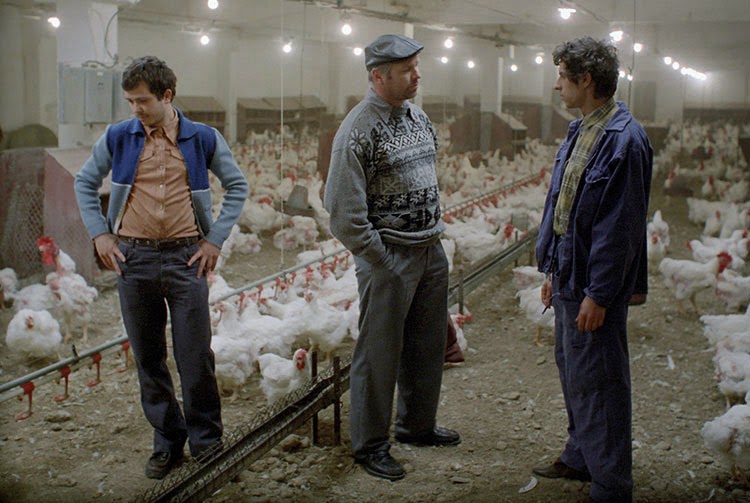PIRANHA (1978) - A Review
What a great film.
I mean, this is a perfectly calibrated and executed horror film that genre fans should find impossible not to enjoy. It's also a great example of what is generally thought of as the Roger Corman, less is more, shoot 'em quick aesthetic, having been shot in less than a month on a budget of $600,000. (It earned ten times that amount at the U.S. box office alone.) The plot is also comfort food for creature fans: Mutant piranha developed by the U.S. government get released into a river. Downstream? A new resort, a summer camp for kids, and plenty of clueless potential victims seeking some summertime fun in the water.
In any case, let's start by noting the smart, lightly politcal and (intentionally) funny screenplay by John Sayles - his very first. It starts with a bang - well, with a bite, actually - and then moves right along at a brisk pace, inserting enough necessary exposition and gratuitous bloodletting to simultaneously keep the plot afloat and the fans shrieking in their seats. (Sayles also makes a cameo appearance in the film.)
Then there's the direction by Joe Dante - helming his second film. Already he shows the sure hand with fantasy material that would become even more evident with his better know films such as The Howling (1981) and Gremlins (1984). And, now that I think about it, this film is almost a hybrid of those two future projects, combining the humor and small scaly creatures of Gremlins with the full-on bloody horror of The Howling. (However, the next stop for Dante was working on 1979's Rock 'N' Roll High School.)
Then there's the cast. Forget about top-billed Bradford Dillman, who, though generally enjoyably grumpy, comes across as a low rent Charlton Heston. And forget about second-billed Heather Menzies, whose character isn't really believable, but hey, whatever. No, the real strength and joy of this movie is the truly great cast of characters supporting the two leads.
Literally starting everything off is Kevin McCarthy, who plays the scientist who helped develop the mutant piranhas that end up causing so much trouble. Keenan Wynn is a sweet, drunk old codger who finds out the hard way that drinking and fishing can be fatal. The always reliable Dick Miller is a glad-handing, sleazy resort developer. Paul Bartel, most improbably, is an uptight children's camp counselor. Richard Deacon shows up briefly for no good reason at all. And the beautiful and fierce Barbara Steele arrives midway through as a government scientist (the evocatively named "Dr. Mengers") who is interested in the piranhas, but doesn't seem too terribly upset by the destruction they're causing.
As for the piranha themselves, praise must be given to the effects crew and filmmakers for making what turns out to be such simple effects work look so realistic and ferocious. Between the editing and the generous bloodletting, you'd think you were seeing real, live, gnawing beasties. Between this and Jaws (1975), the 1970s were a bad time to go swimming.
Now, I well know that some will disagree with saying anything positive about a film like this. Okay. Point taken. It's inherently a questionable genre, and might not be your thing. I get that. Movies like this are never in much peril of being burdened with Oscars.
But, for those open to fantasy, for those actively seeking some horror - say, around Halloween-time - Piranha is like a perfectly baked, perfectly sweetened cinnamon roll. It offers up layer after layer of delicious, gooey goodness, sure to hit your sweet spot. And after that first bite (as mentioned above), you'll doubtlessly want to finish the whole thing.
Ah, but be warned. This first goodie is just that, but approach the sequels and remakes that followed with a bit of caution.
























